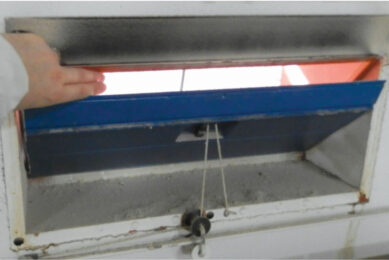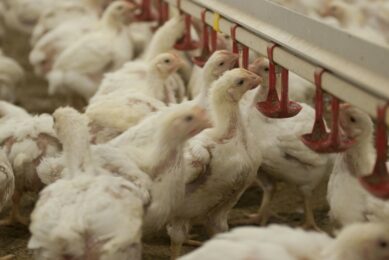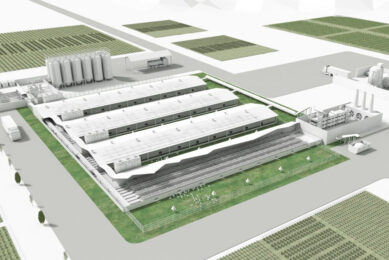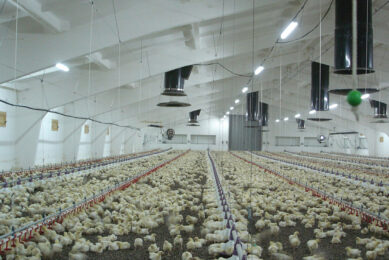Indonesia: Big Dutchman conducts seminar about minimum ventilation
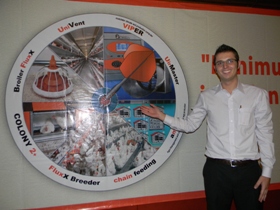
Minimum ventilation defines the minimum amount of air exchange required to maintain the environment in the poultry house for optimum health, well being and production efficiency. This statement was said by Mr. Jens Koldehoff – Climate Systems Sales Asia of Big Dutchman recently on seminar conducted by PT BD Agriculture Indonesia in Jakarta.
Koldehoff said that the common misconception is that minimum ventilation can be achieved simply by limiting air velocity, but this does not address the air quality requirements of the flock.
In addition, Koldehoff analysed that minimum ventilation with tunnel will cause migration in the flock because of different air quality in front and rear. This condition means that the air quality is bad, high CO2, and no uniform temperature and O2 in the house. “Minimum ventilation with tunnel uses up to 15 times more heating than required. And it also will decrease the lifetime of the fans,” he mentioned problems of minimum ventilation with tunnel.
Regarding to that problems, Koldehoff told the participants that the weakness of minimum ventilation with tunnel could be overcome by combining it with inlet system. “With inlet system, the air quality all over the house will be good and uniform, no migration in the flock, and possibility to run at low air flow rate which means saving energy,” he added.
In tropical countries such as Indonesia, minimum ventilation with inlet system is not run all day long according to Koldehoff. It is just run in the morning (00:00 – 12:00) and in the night (18:00 – 06:00), while in the day, maximum ventilation should be applied because the temperature is around 31 degree of Celsius. In case of the humidity is high, Koldehoff recommends that the best time remove humidity is during night time.




